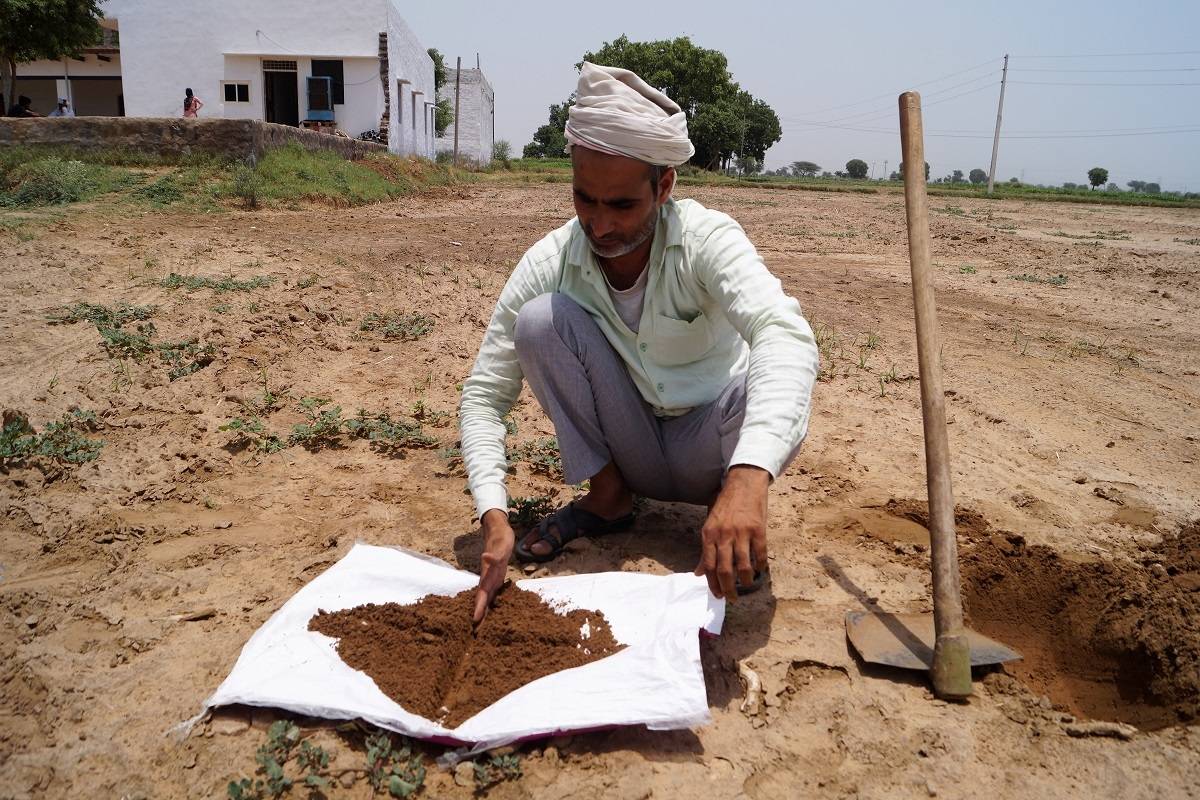
Soil health management is a crucial practice that focuses on maintaining and improving the quality and fertility of the soil for sustainable agriculture. It encompasses a range of techniques and principles aimed at preserving soil structure, enhancing nutrient availability, promoting beneficial microbial activity, and minimizing soil degradation.
At the heart of soil health management is the recognition that soil is a living, dynamic ecosystem. Healthy soil teems with diverse microorganisms, such as bacteria, fungi, and earthworms, that contribute to nutrient cycling and organic matter decomposition.
By adopting practices like crop rotation, cover cropping, and organic amendments, farmers can support this intricate web of soil life, fostering improved soil structure and fertility.
One key aspect of soil health management is the judicious use of fertilizers and nutrients. Through precision nutrient management and the application of organic matter, farmers can optimize nutrient availability to crops while minimizing nutrient runoff and environmental pollution.
Additionally, the incorporation of organic matter, such as compost or crop residues, enhances soil organic carbon content, improving soil water-holding capacity and nutrient retention.
In 2015, India launched the Soil Health Card scheme under which the government of India issued soil health cards to the farmers to ensure that they could get a good harvest by studying the soil properly. The scheme had the following features:
-
Issuing the soil health cards
-
Training for soil analysis
-
Financial assistance for a package of nutrient recommendations
-
Capacity building and regular monitoring and evaluation
-
Forming a Project Management Team
A small number of states received the funding between 2016 and 2017, with Uttar Pradesh, Madhya Pradesh, Maharashtra, Rajasthan, and Karnataka receiving the majority of them—a total of Rs. 71.69 Crore, or around 70% of the entire amount given.
As of May 12th, 2017, the Indian government had around 45 million farmers under this program. The majority of soil health certificates have been sent to farmers in the state of Karnataka. Farmers' reliance on chemical fertilizers has grown over time, while their usage of organic manure has been substantially reduced or abandoned.
The main obstacles to closing the production gap in Indian agriculture are low levels of soil organic matter and nutritional deficits. Therefore, to reduce the rising costs of artificial fertilizers, substantial amounts of carbon and other nutrients found in the home and agricultural waste can be recycled.
Conservation tillage practices, including reduced tillage or no-till farming, are integral to soil health management. These practices minimize soil disturbance, reduce erosion, and enhance soil organic matter accumulation. By leaving crop residues on the soil surface, farmers can protect against water and wind erosion while fostering a favorable environment for soil microorganisms.
Soil health management also emphasizes the importance of soil testing and monitoring. Regular soil testing enables farmers to assess nutrient levels and pH, guiding targeted fertilization strategies. Monitoring soil health indicators, such as organic matter content and aggregate stability, helps farmers track the progress and effectiveness of their soil management practices over time.
In conclusion, soil health management is essential for sustainable agriculture. By nurturing soil life, optimizing nutrient management, adopting conservation tillage practices, and regularly monitoring soil health, farmers can improve soil fertility, reduce environmental impacts, and ensure long-term productivity. Investing in soil health is an investment in the future of agriculture and the well-being of our planet.











